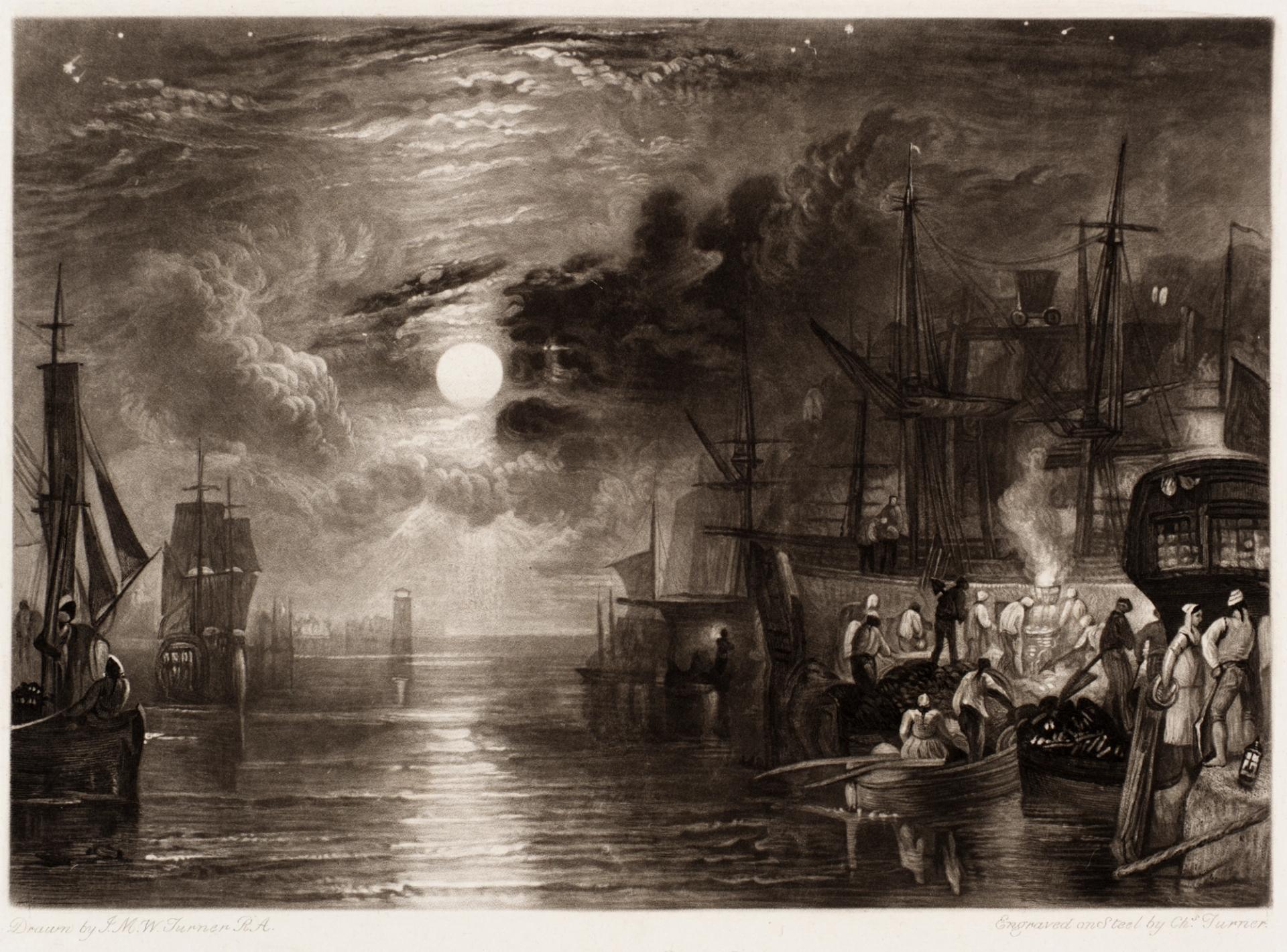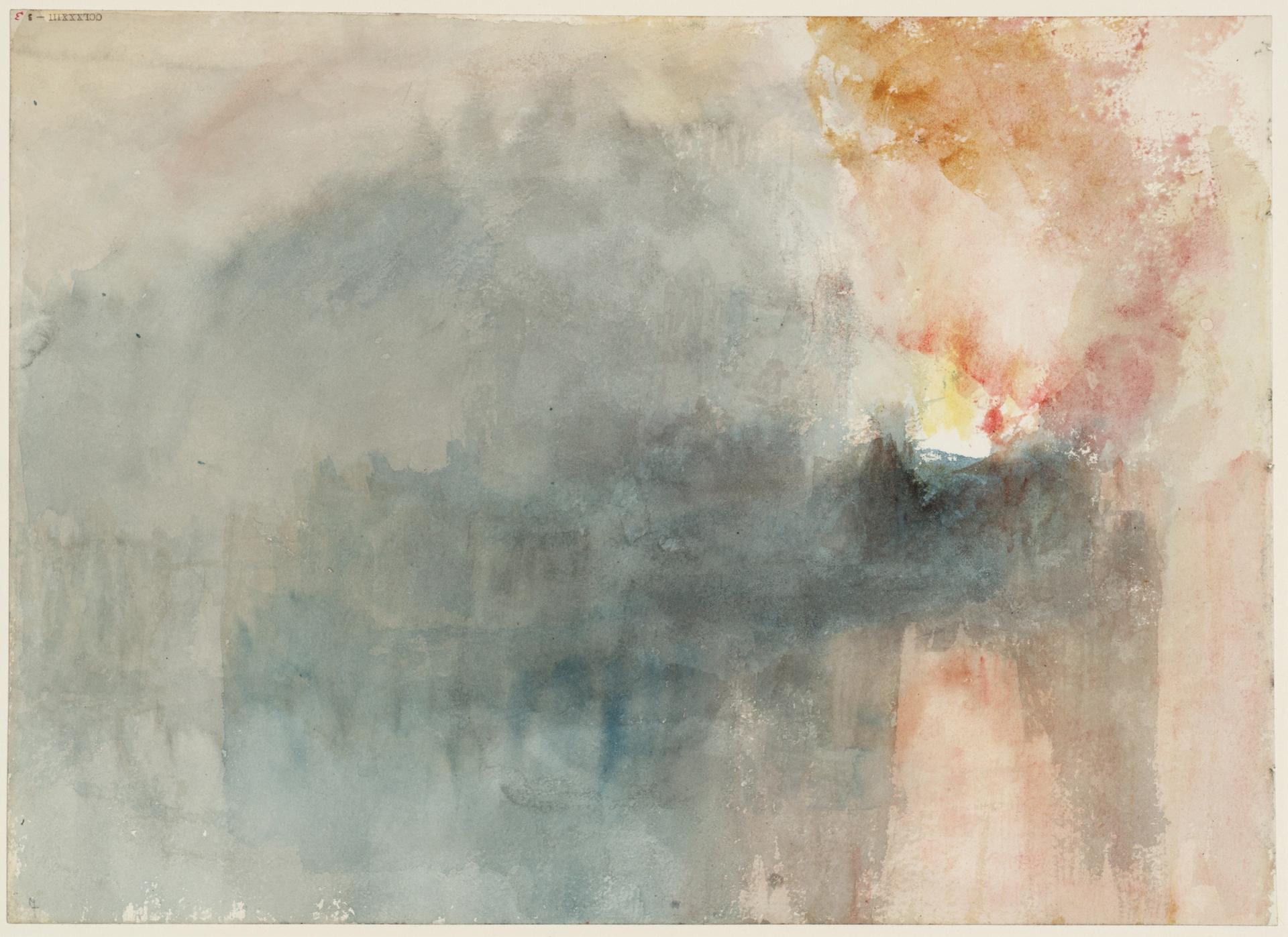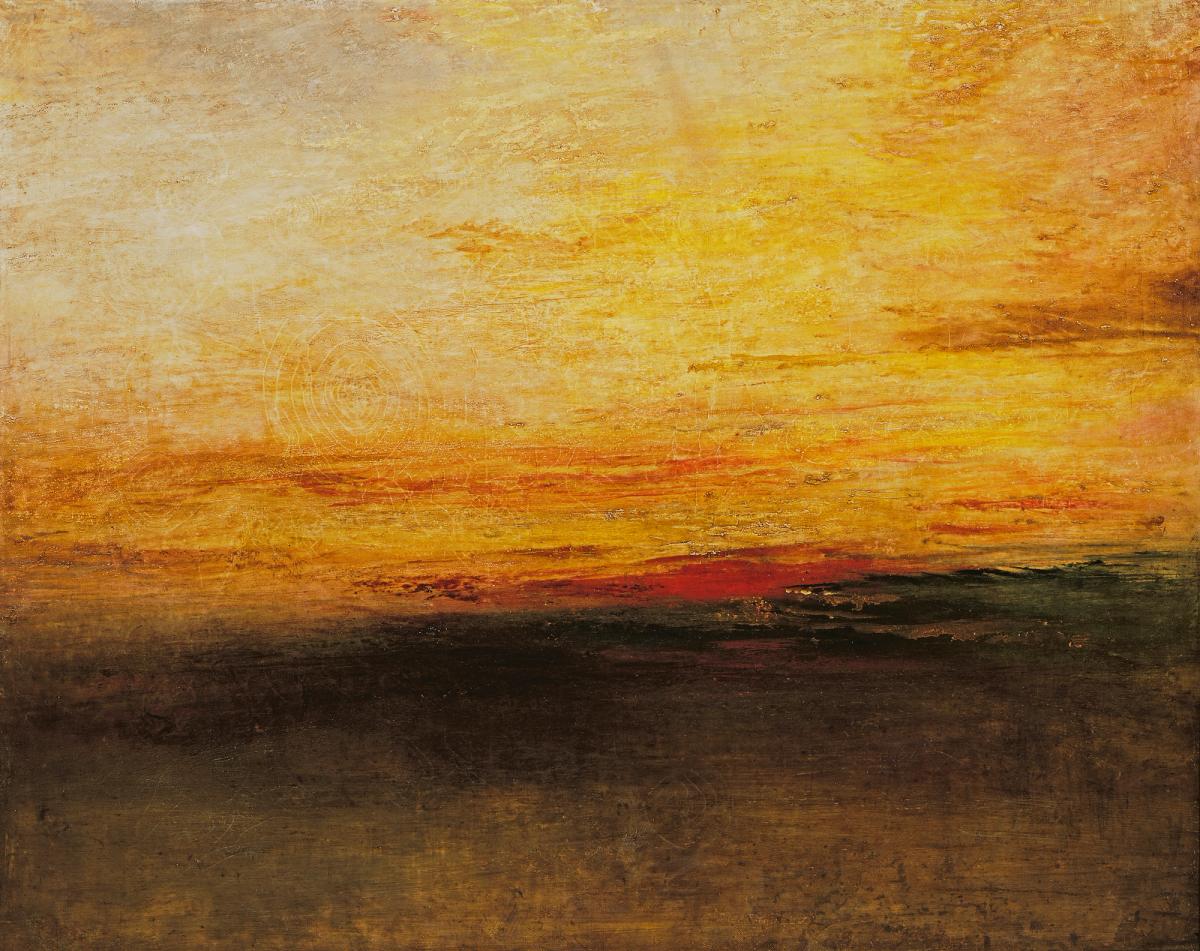In the last couple of years the little country house that the artist JMW Turner designed for himself, now deep in London suburbia, has been scorched by record temperatures, lashed by repeated storms, and drenched in the wettest winter in more than a century—just the sort of weather that recurs in the painter’s work.
This summer a new exhibition in the space, with loans from the Tate, will focus on his depictions of the changing landscape in the wake of Britain’s industrial revolution. It will also claim him as the first British artist of the Anthropocene, the current, unofficial geological age in which human activity has been the dominant influence on climate and the environment.
Through his paintings—unwittingly in the view of the exhibition’s curator, Thomas Ardill, curator of paintings, prints and drawings at the Museum of London—Turner documented the beginnings of our contribution to climate change. His works depict, for example, smoke and flaring light emanating from furnaces, disastrous fires in industrial buildings, sunsets given livid colour by pollution, urbanisation and deforestation.
“Without knowing it, Turner was recording the early stages of climate and ecological breakdown as he travelled across Britain and Europe,” Ardill says. “Until recently, we may have seen these pieces as spectacular and beautiful representations of unspoiled landscapes. But there are many signs that human activity was already irrevocably damaging the environment, from urban sprawl to setting suns glowing red through atmospheric pollution.“
Chris Packham, the environmentalist and television journalist, and a supporter of Turner’s House, said: “By looking at Turner’s art through the lens of climate change, we can learn more about its causes, understand the actions and attitudes that have led to the ecological challenges we face today, and remind ourselves what is at stake by failing to act.”

JMW Turner, Shields, on the River Tyne, engraved by C.Turner (1823)
© Tate
The works on display will include a rarely exhibited oil painting of a sunset from the early 1830s, the original drawing for Turner’s view of London from Greenwich in 1808-9, and his impression of the spectacular fire which in 1841 destroyed the 17th-century Grand Storehouse of the Tower of London.

JMW Tuner, Fire at the Grand Storehouse of the Tower of London (1841)
© Tate
Turner designed Sandycombe Lodge—with clear influence from his friend the architect Sir John Soane—in 1813 as a rural retreat from the noise and pollution of his central London home, with his father installed as gardener, house keeper and cook. Restored to its original appearance with the removal of later additions, it opened in 2017 as an award winning museum, now called simply Turner’s House. A World of Care is the fifth show of original works put on there as part of an annual partnership with Tate.
- A World of Care: Turner and the Environment, Turne’s House, London, 6 July-27 October


